Dinosaur Science 2019
Traveling out West to unearth a new diplocodoid dinosaur - digging in the dirt with my bare hands, a geohammer, a jackhammer, covered in sweat, dirt, and plaster - was my first introduction to vertebrate paleontology. Guided by veteran paleontologist Prof. Paul Sereno, I and the other students of UChicago’s 2019 Dinosaur Science course ventured into the rolling hills of Wyoming to the Jurassic Morrison Formation - home to famous dinosaurs such as Allosaurus, Camarasaurus, and Stegosaurus - to finish the excavation of a 15-ton diplodocoid.
We arrived at the digsite. The diplodocoid’s fossilized skeleton rested on the side of a rust-red and blue-grey Morrison hill.
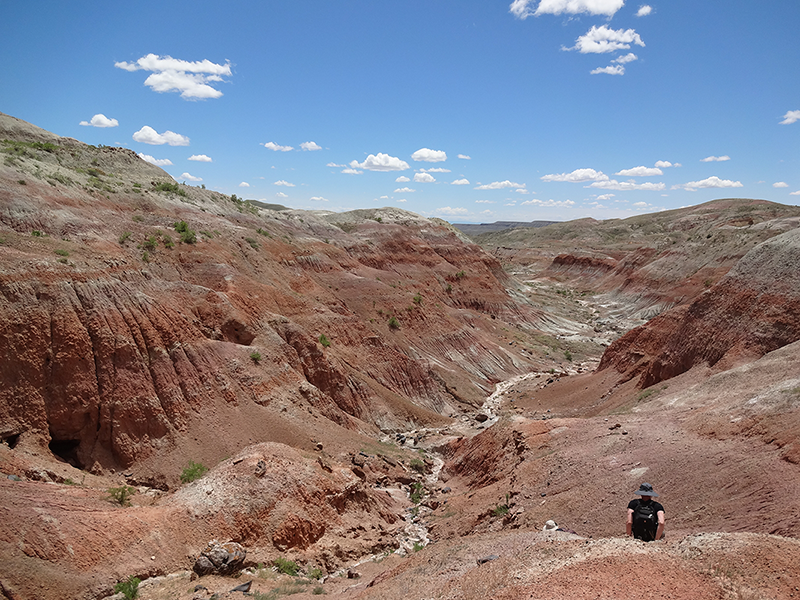 |
|---|
| The red- and grey-banded hills of the Upper Jurassic Morrison Formation. |
After a flurry of shovel-work, we managed to reach the original layer of rock marked in the site maps and photographs. We then got on the ground and went to work with geohammers and picks, shovels and brushes, and most importantly, our trusty fossil glue B-72.
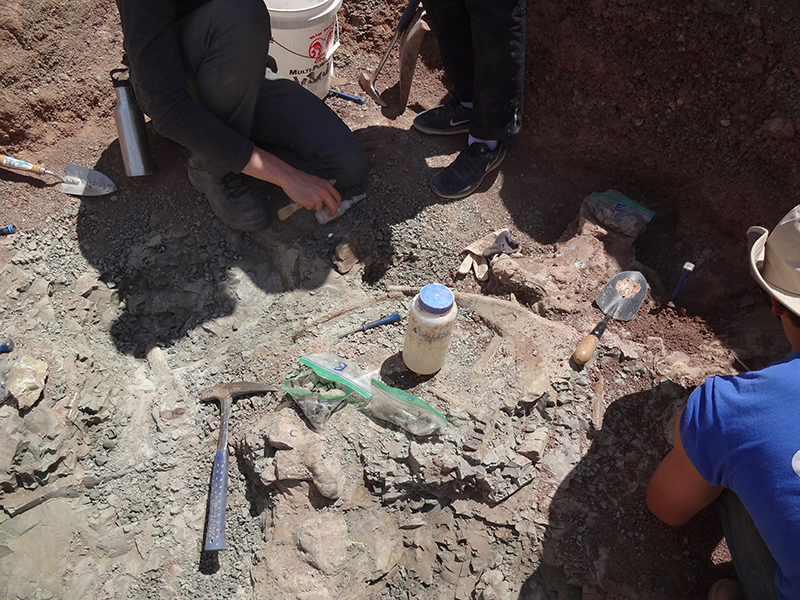 |
|---|
| The excavation in progress. Several broken ribs and a scapula are visible. |
Some Morrison mudstone is very tough; we needed to break it up with a jackhammer to get at the fossil.
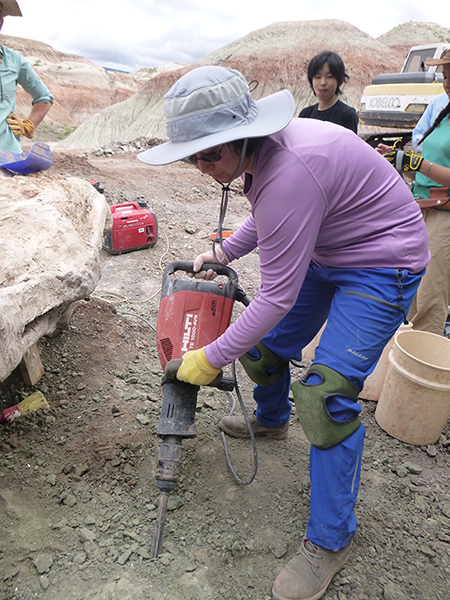 |
|---|
| Using a jackhammer, we break up the tough rocks surrounding the fossil. PC: Spencer Pevsner |
Inspecting some of the loose fragments that were turned up by excavation, I came across small, black rock much darker than its surroundings. It happened to be the identifying tooth of a dinosaur in close proximity to the diplodocoid: a Camarasaurus.
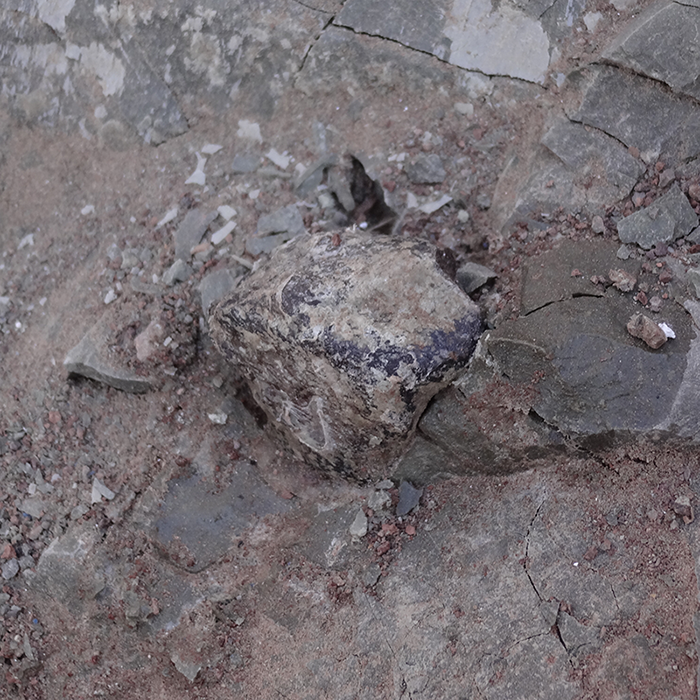 |
|---|
| A Camarasaurus tooth that I found at the dig site. |
In the end, the expedition was a success. The forelimbs and dorsal vertebrae of the diplodocoid were recovered. All of the excavated bones were covered in white plaster and burlap (pictured below) and then transported for further identification and research.
Under the boundless, clear-blue skies; in the shadows cast by the burning, rust-colored hills; above a long-necked giant, slumbering for 150 million years; toiling away, exhausted, exuberant; to be the first to uncover the mysteries of a never-before-seen sauropod dinosaur. And so this trip would mark the very beginning of many more dinosaur adventures.
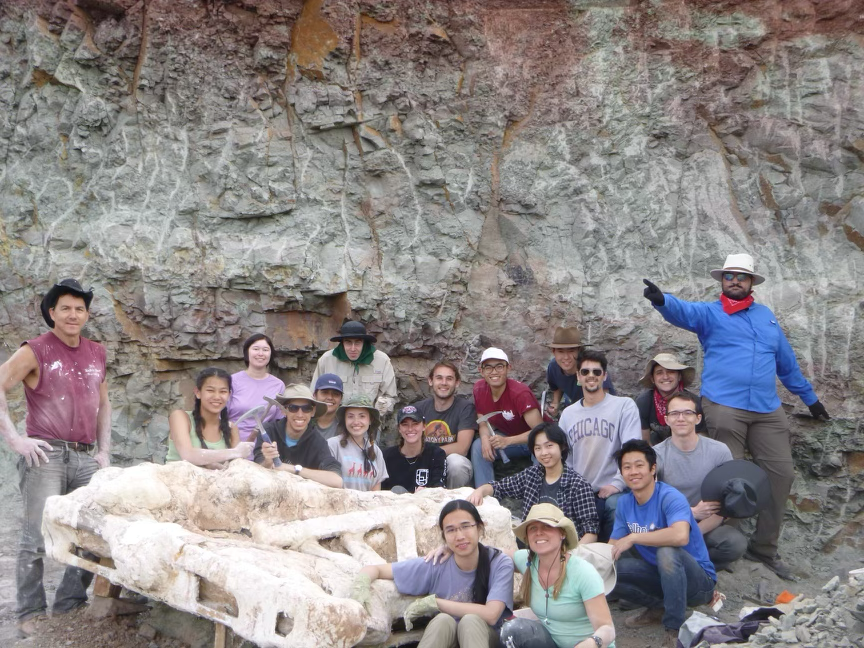 |
|---|
| The class of Dinosaur Science, 2019. The large, white plaster cast contains the forelimbs and dorsal vertebrae of the diplodocoid. |